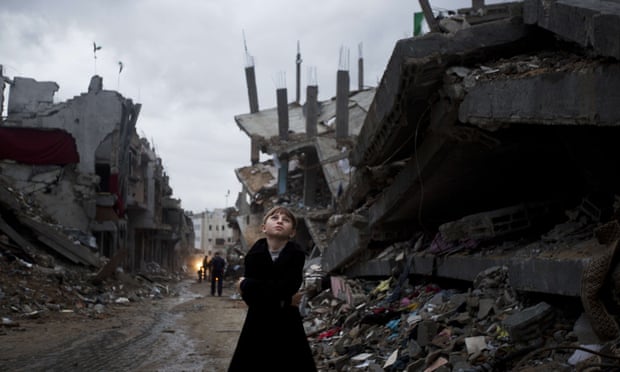Phase One of Israel’s genocidal campaign on Gaza has ended. Phase Two has begun. It will result in even higher levels of death and destruction.
The skies over Gaza are filled — after a seven-day truce — with projectiles of death. Warplanes. Attack helicopters. Drones. Artillery shells. Tank shells. Mortars. Bombs. Missiles. Gaza is a cacophony of explosions and forlorn screams and cries for help beneath collapsed buildings. Fear, once again, is coiling itself around every heart in the Gazan concentration camp.
By Friday evening, 184 Palestinians — including three journalists and two doctors — had been killed by Israeli air strikes in the north, south and central Gaza, and at least 589 injured, according to the Ministry of Health in Gaza. Most of them are women and children. Israel will not be deterred. It plans to finish the job, to obliterate what is left in the north of Gaza and decimate what remains in the south, to render Gaza uninhabitable, to see its 2.3 million people driven out in a massive campaign of ethnic cleansing via starvation, terror, slaughter and infectious diseases.
The aid convoys, which brought in token amounts of food and medicine — the first batch was shrouds and coronavirus tests according to the director of al-Najjar hospital — have been halted. No one, least of all President Joe Biden, plans to intervene to stop the genocide. Secretary of State Antony Blinken visited Israel this week, and while calling for Israel to protect civilians, refused to set conditions that would disrupt the $3.8 billion Israel receives in annual military assistance or the $14.3 billion supplemental aid package. The world will watch passively, muttering useless bromides about more surgical strikes, while Israel spins its roulette wheel of death. By the time Israel is done, the 1948 Nakba, where Palestinians were massacred in dozens of villages and 750,000 were ethnically cleansed by Zionist militias, will look like a quaint relic of a more civilized era.
Nothing is off limits. Hospitals. Mosques. Churches. Homes. Apartment blocks. Refugee camps. Schools. Universities. Media offices. Banks. Sewer systems. Telecommunications infrastructure. Water treatment plants. Libraries. Wheat mills. Bakeries. Markets. Entire neighborhoods. Israel’s intent is to destroy Gaza’s infrastructure and daily kill or wound hundreds of Palestinians. Gaza is to become a wasteland, a dead zone that will be incapable of sustaining life.
Israel began to bomb Khan Younis on Friday after dropping leaflets warning civilians to evacuate further south to Rafah, located on the border crossing with Egypt. Hundreds of thousands of displaced Palestinians had sought refuge in Khan Younis. Once Palestinians are pushed to Rafah, there is only one place left to flee — Egypt. The Israeli Ministry of Intelligence, in a leaked report, calls for the forcible transfer of Gaza’s population to Egypt’s Sinai Peninsula. A detailed plan to intentionally displace the Palestinians in Gaza and push them into Egypt has been embedded in Israeli doctrine for five decades. Already, 1.8 million Palestinians in Gaza have been driven from their homes. Once Palestinians cross the border into Egypt — which the Egyptian government and Arab leaders are seeking to prevent despite pressure from the U.S. — Palestinians will never return.
This is not a war against Hamas. It is a war against Palestinians.
Israeli strikes are generated at a dizzying rate, many of them from a system called “Habsora” — The Gospel — which is built on artificial intelligence that selects 100 targets a day. The AI-system is described by seven current and former Israeli intelligence officials in an article by Yuval Abraham on the Israeli sites +972 Magazine and Local Call, as facilitating a “mass assassination factory.” Israel, once it locates what it assumes to be a Hamas operative from a cell phone, for example, bombs and shells a wide area around the target, killing and wounding tens, and at times hundreds of Palestinians, the article states.
“According to intelligence sources,” the story reads, “Habsora generates, among other things, automatic recommendations for attacking private residences where people suspected of being Hamas or Islamic Jihad operatives live. Israel then carries out large-scale assassination operations through the heavy shelling of these residential homes.”
Some 15,000 Palestinians, including 6,000 children and 4,000 women, have been killed since Oct. 7. Some 30,000 have been wounded. Over six thousand are missing, many buried under the rubble. More than 300 families have lost 10 or more members of their families. More than 250 Palestinians have been killed in the West Bank since Oct. 7, and more than 3,000 injured, although the area is not controlled by Hamas. The Israeli military claims to have killed between 1,000 and 3,000 of some 30,000 Hamas fighters, a relatively small number given the scale of the assault. Most resistance fighters shelter in their vast tunnel system.
Israel’s playbook is the “Dahiya Doctrine.” The doctrine was formulated by former Israel Defense Forces (IDF) Chief of Staff Gadi Eizenkot, who is a member of the war cabinet, following the 2006 war between Israel and Hezbollah in Lebanon. Dahiya is a southern Beirut suburb and a Hezbollah stronghold. It was pounded by Israeli jets after two Israeli soldiers were taken prisoner. The doctrine posits that Israel should employ massive, disproportionate force, destroying infrastructure and civilian residences, to ensure deterrence.
Daniel Hagari, spokesman of the IDF, conceded at the start of Israel’s most recent attack on Gaza that the “emphasis” would be “on damage and not on accuracy.”
Israel has abandoned its tactic of “roof knocking” where a rocket without a warhead would land on a roof to warn those inside to evacuate. Israel has also ended its phone calls warning of an impending attack. Now dozens of families in an apartment block or a neighborhood are killed without notice.
The images of mass destruction feed the thirst for revenge within Israel following the humiliating incursion by Hamas fighters on Oct. 7 and the killing of 1,200 Israelis, including 395 soldiers and 59 police officers. There is a sadistic pleasure voiced by many Israelis over the genocide and a groundswell of calls for the murder or expulsion of Palestinians, including those in the occupied West Bank and those with Israeli citizenship.
The savagery of the air strikes and indiscriminate attacks, the cutting off of food, water and medicine, the genocidal rhetoric of the Israeli government, make this a war whose sole objective is revenge. This will not be good for Israel or the Palestinians. It will fuel a conflagration throughout the Middle East.
Israel’s attack is the last desperate measure of a settler colonial project that foolishly thinks, as many settler colonial projects have in the past, that it can crush the resistance of an indigenous population with genocide. But even Israel will not get away with killing on this scale. A generation of Palestinians, many of whom have seen most, if not all, of their families killed and their homes and neighborhoods destroyed, will carry within them a lifelong thirst for justice and retribution.
This war is not over. It has not even begun.
(Republished from Scheerpost by permission of author or representative)
Filed under: "Israel", Israeli Crimes crimes against humanity, Palestine, Transfer | Tagged: Anglozionist Genocidal War on Gaza, Besieged Gaza Strip., Chris Hedges, Concentration camps, Dahiya Doctorine, Gaza hospitals, Gaza Tunnels, Hamas Resistance movement, Israeli Brutal Aggression, Khan Yunis, US Secretary of State Antony Blinken | Comments Off on Israel Reopens the Gaza Slaughterhouse





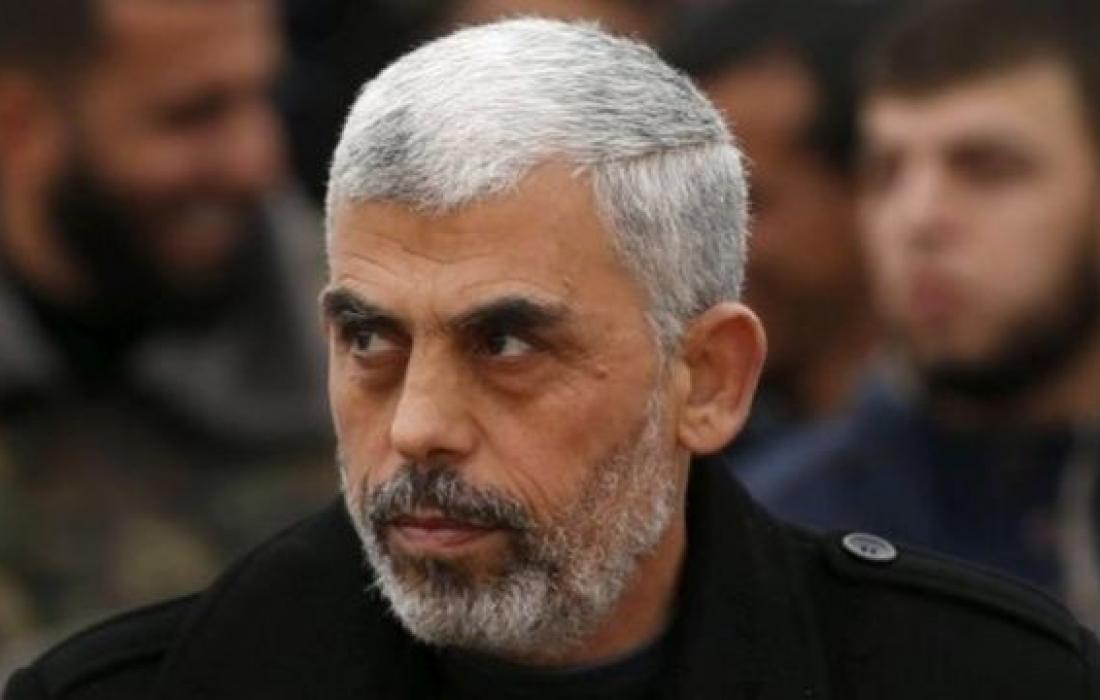
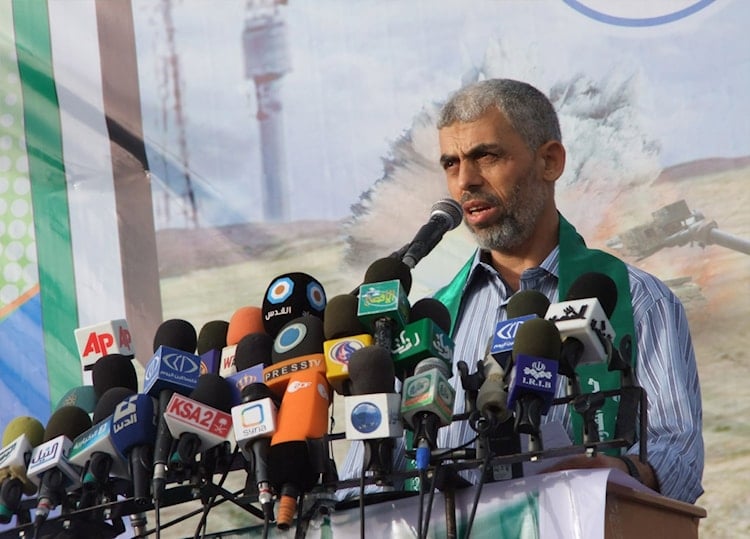
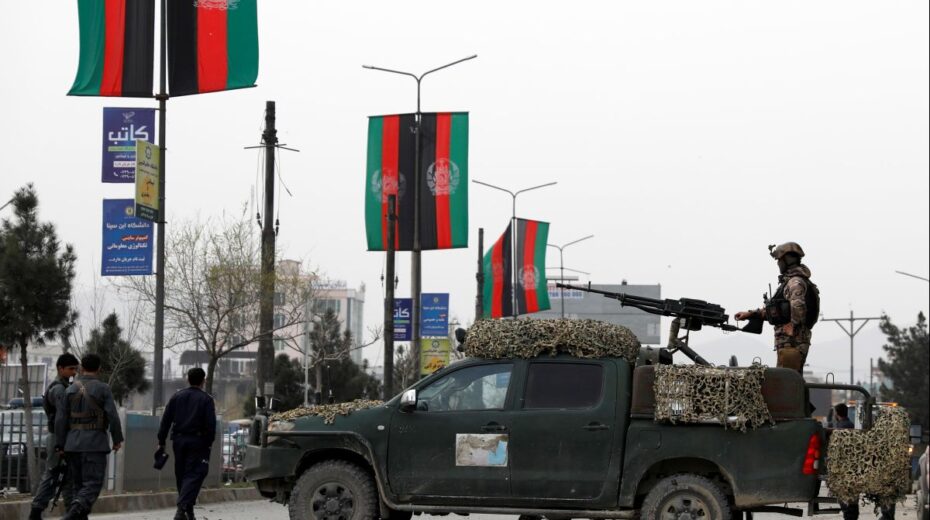






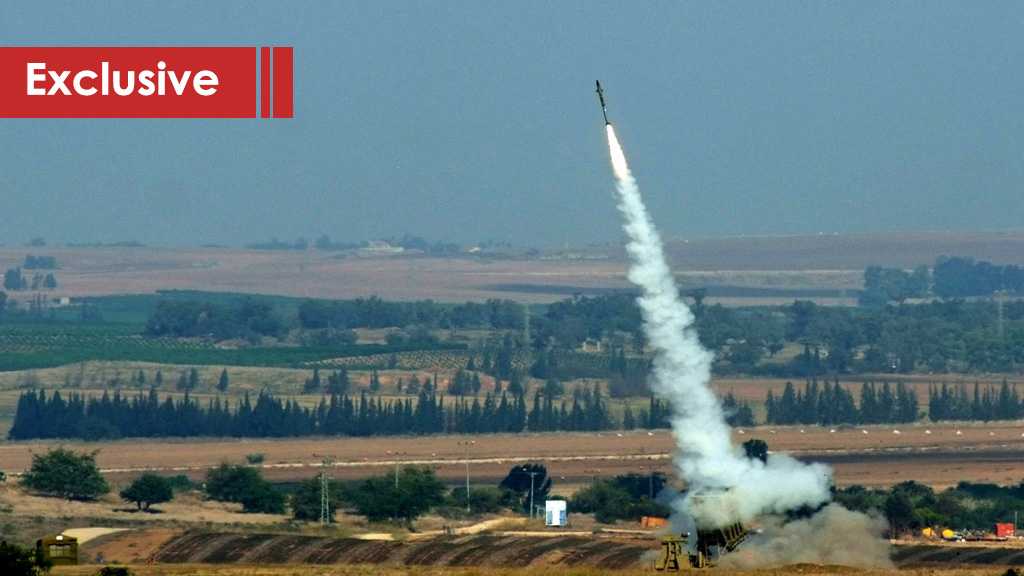

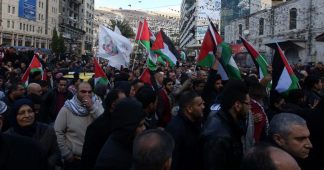



 s in the Gaza Strip – as many as 50, according to an official source – after a single rocket had struck Sderot earlier in the day, causing no damage or injuries.
s in the Gaza Strip – as many as 50, according to an official source – after a single rocket had struck Sderot earlier in the day, causing no damage or injuries.







 GAZA (Ma’an) — Deputy head of Hamas’ politburo Ismail Haniyeh said on Friday that while the movement is not calling for a new war in the Gaza Strip, it will not tolerate incursions by Israel or accept a buffer zone.
GAZA (Ma’an) — Deputy head of Hamas’ politburo Ismail Haniyeh said on Friday that while the movement is not calling for a new war in the Gaza Strip, it will not tolerate incursions by Israel or accept a buffer zone.
